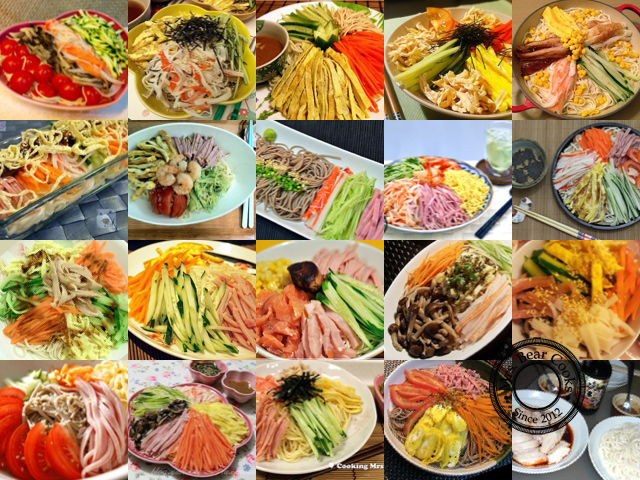Apparently Curry Udon is a popular dish in Japan, but for some strange reason, I have never had it before so I don’t know how it is supposed to taste or look. No worries, when in doubt, I can just Google it! It looks like it’s just basically udon in a soup made of Japanese curry, but since there isn’t a standard recipe for it (at least not one that I could find), I decided to come up with one from scratch instead of adapting someone else’s recipe. I used beef slices for the soup curry and for a nice touch, I added an onsen tamago, the Japanese for slow cooked egg (see here for recipe). I personally think this dish is more suitable for a cold winter night, but Mr. Bear loved it so much he even slurped down all the soup till the last drop! Woohoo!!! My very first recipe and it was a success!!! I’m so excited I’m bouncing off the walls!!!
Serves 2
Difficulty: Easy
Ingredients:
750ml dashi stock
1 tablespoon vegetable oil
1/2 large onion, sliced
1 small carrot, cut into small pieces
200g of sliced beef
4 slices of Japanese fish cakes
2 blocks of Japanese curry roux
2 packs of frozen Sanuki udon noodles – I like Sanuki udon for its chewiness but in fact any kind of udon will do
2 green onion, finely chopped
2 slow cooked eggs (onsen tamago)
Method:
1. Prepare two slow cooked eggs according to the instructions here.
2. Prepare dashi stock.
3. In a medium sized pot or a large frying pan, heat oil and sauté the onion and carrot until the carrot starts to turn soft and the onion turns translucent. Add the dashi stock and curry roux and bring it to a boil. Stir constantly to make sure the roux dissolves completely. Heat the curry on medium low until it starts to thicken, for about 7-10 mins, stirring once in a while to make sure the curry soup does not get burnt.
4. In the meantime, cook the udon in another pot of boiling water. Drain and place udon in a large bowl.
5. Cook the fish cakes and beef slices in the boiling water and place them on top of the cooked udon.
6. Pour the curry soup over the noodles and top with green onion and a slow cooked egg in each bowl before serving. Enjoy!
Notes:
1. I used instant dashi powder for the stock this time. The brand that I’ve chosen makes exactly 750ml of stock per packet so it’s really convenient.
2. I like my beef slightly on the rare side so I only cook it for about 30 seconds in the boiling water until it turns pink. The heat from hot curry soup when poured over the meat will continue to cook the meat as well. If you prefer your meat well done, you can also fry it with the onion just before you add the dashi stock and the curry roux.
Let's take a look at the Curry Udon from other members!
Let's take a look at the Curry Udon from other members!

































